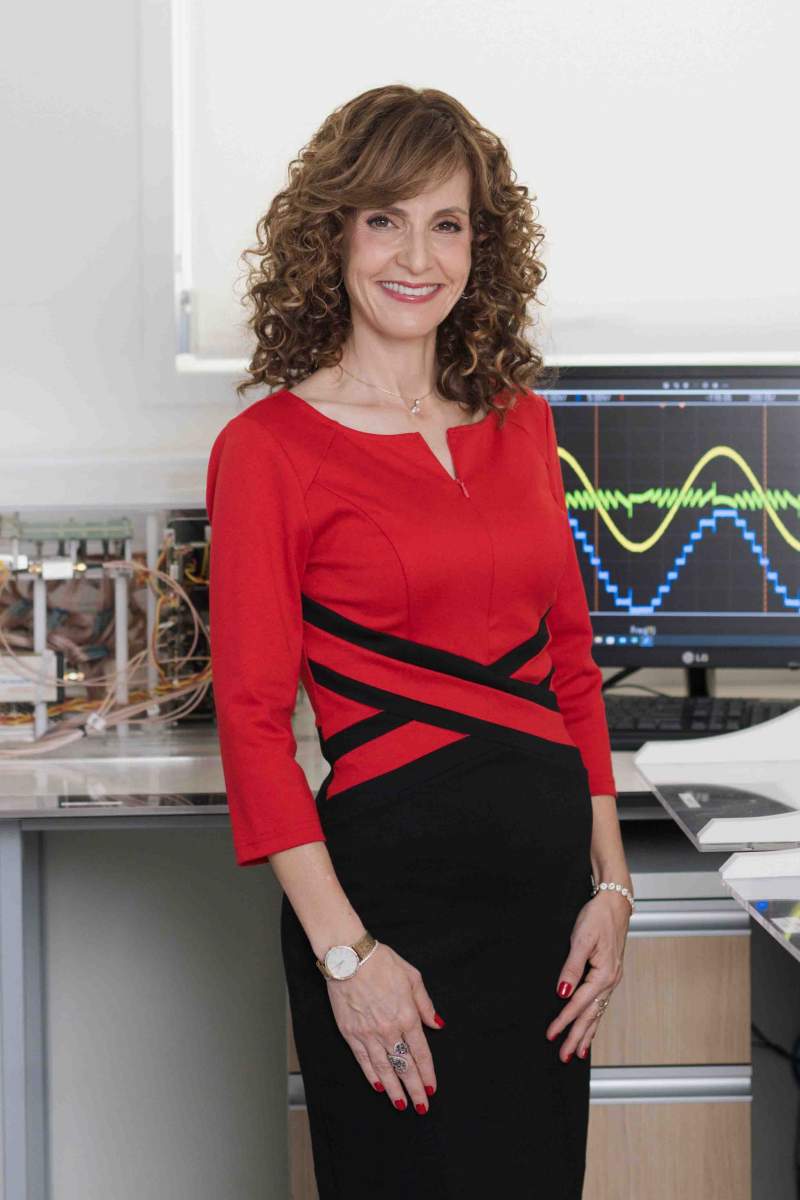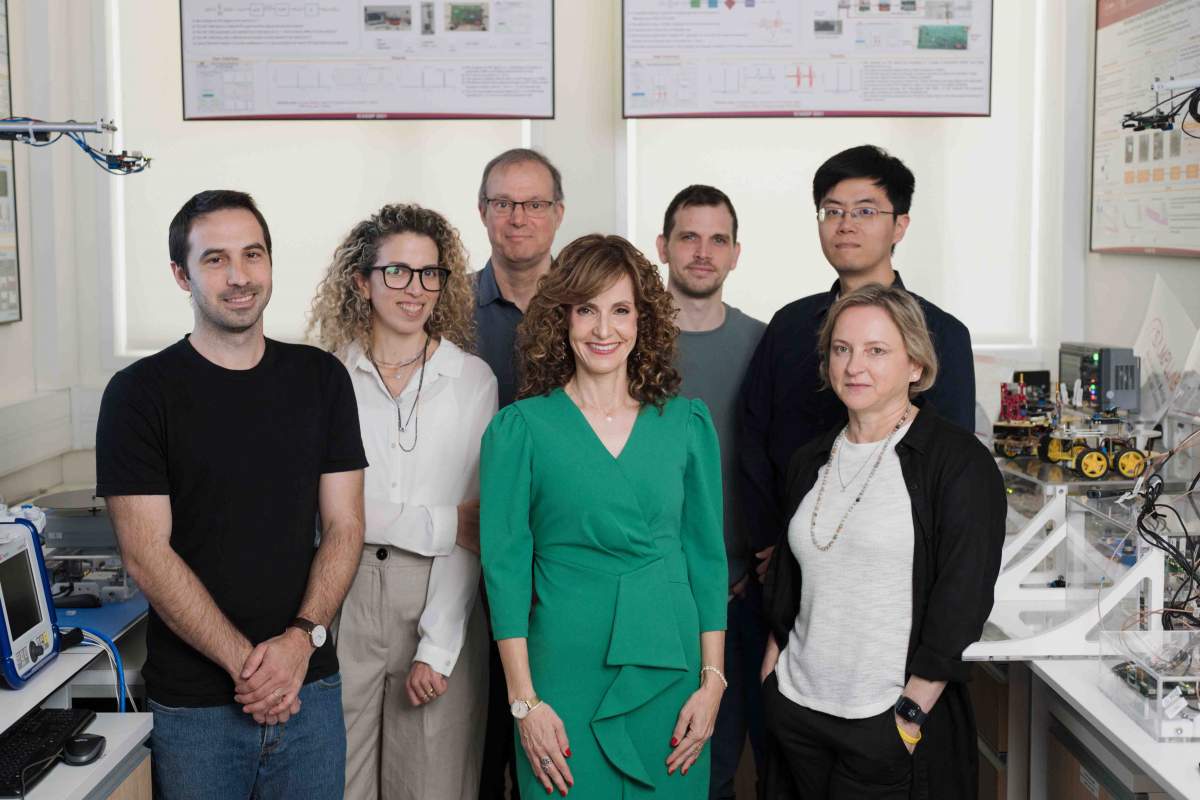At the beginning of the COVID pandemic, Prof. Yonina Eldar launched an unusual appeal. She called upon physicians from all over Israel to join her online in a brainstorming session to identify the most pressing needs of an overloaded healthcare system. "In the midst of the health crisis, I felt frustrated to just be sitting back and not doing enough," she recalls.
One of the problems raised by the physicians during that session was the risk of spreading the infection by physical contact while monitoring hospital patients. "Addressing this problem fit in well with my research interests," Eldar says. "It had long bothered me that when it comes to technological innovations, the world of health lags far behind areas such as communications or entertainment. For example, we can use cell phones or play computer games hands-free, but in standard practice a doctor still uses a stethoscope to examine a patient, just like a hundred years ago."

At the time, Eldar had just joined the Weizmann Institute of Science's Computer Science and Applied Mathematics Department, where she established a lab that develops innovative technologies for processing signals and information in a variety of fields, including medicine. She decided, together with her team, to develop an entirely new technology for remotely checking up on people's health, by using radar.
""Radar devices are small, inexpensive and convenient. Why not apply radar to monitor patients remotely?"
Radar systems are most familiar to us from military uses such as detecting aircraft or ships, but they also have numerous civilian applications, such as those in the vehicle industry. They detect and track objects by emitting electromagnetic waves and interpreting the changes that occur in these waves as they bounce back after hitting the object. Eldar had worked with radars since the beginning of her scientific career - for example, in connection with autonomic cars and defense applications. She explains: "Radar devices are small, inexpensive and convenient, and they emit waves that are safe for humans: They've been used, for example, to count the number of people in a room or make sure no baby is left behind in a car. So I thought, Why not apply radar to monitor patients remotely?"
Five years on, meet BRAHMS, the Bio-Radar Health Monitoring System designed to continuously monitor a person's vital signs from a distance. The system already enables noncontact measurement of two classic vital signs - heart rate, or pulse, and breathing rate; in addition, it can provide a measure of lung function. More parameters may be added in the future, including blood pressure measurement and breathing pattern analysis, particularly for the detection of sleep apnea.
BRAHMS works by tracking subtle chest movements and interpreting them by means of a sophisticated algorithm developed by Eldar's team. The team has already shown that their system can reliably monitor several people at once, even in noisy, crowded environments. It identifies all the people in the room, measures their vital signs without contact and sends the measurements to a monitor. That monitor can alert medical staff if it detects a change that might signal distress.

Once developed for commercial use, a compact BRAHMS radar could be installed in emergency rooms or intensive care units, or in any other setting that calls for closely monitoring the health of many people simultaneously - for example, in postoperative care units or homes for the elderly. Eldar and her colleagues also envision BRAHMS units being used to monitor hospitalized children, who are often restless and dislike being hooked up to devices. The noncontact units would not only reduce the risk of spreading infections, they would eliminate patient discomfort and the hassle of wires getting tangled or pulled off. Some 40 percent of intensive care unit patients are estimated to experience skin irritation, dislodged wires or other complications related to bedside monitoring devices, further motivating the move toward noncontact radar sensing.
Eldar says her team succeeded in creating BRAHMS thanks to a systems engineering approach, meaning that they integrated a comprehensive range of design elements, from advanced algorithm development to building the hardware in a way that enabled optimal data extraction. "We combined engineering, mathematics and physics - to the level of physics equations that describe wave motion and the propagation of information - while setting ourselves the goal of solving a real-life clinical problem, and that's what made the development possible," she says.

Science Numbers
Advanced radar systems of the mmWave type are sufficiently sensitive to detect a displacement of several millimeters, enough to track the tiny chest movements of a sleeping infant.
The typical maximum range of the radar system proposed by Weizmann researchers for noncontact tracking of vital signs, even through clothing or bedding, in indoor settings such as homes or hospital rooms, is 9 meters. The frequency used by the system is 77-81 GHz.
The development team included people from varied backgrounds: PhD student Yonathan Eder, who led the research, algorithm development expert Luda Nisnevich, engineers Shlomi Savariego and Moshe Namer, and clinical manager Dr. Adi Wegerhoff.
Prof. Yonina Eldar holds the Dorothy and Patrick Gorman Professorial Chair and heads the Manya Igel Centre for Biomedical Engineering and Signal Processing. Her research is supported by the Swiss Society Institute for Cancer Prevention Research and the Dr. Gilbert S. Omenn and Martha A. Darling Weizmann Institute - Schneider Hospital Fund for Clinical Breakthroughs through Scientific Collaborations.






